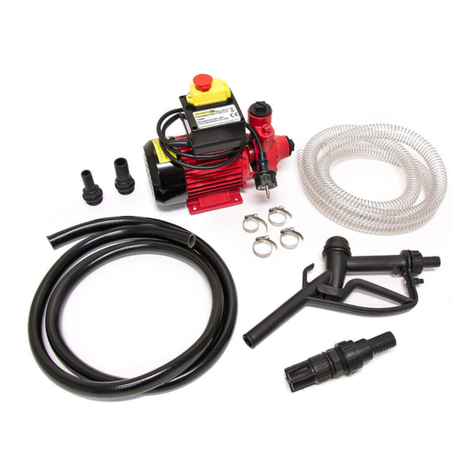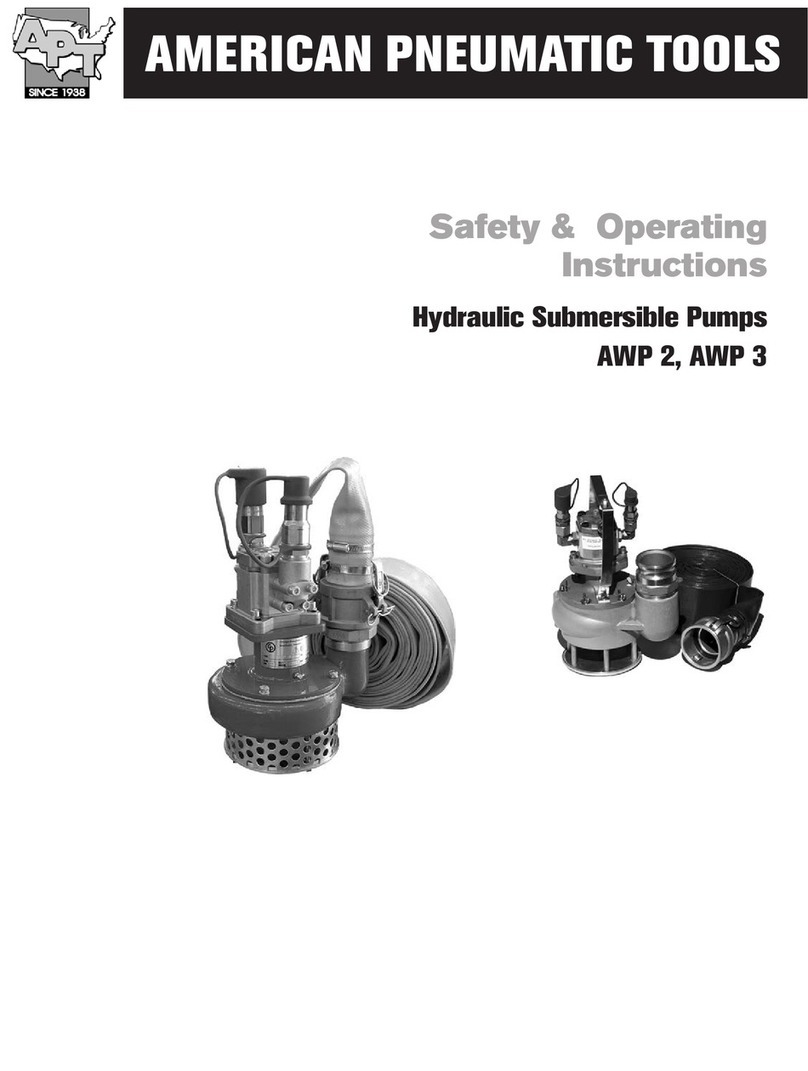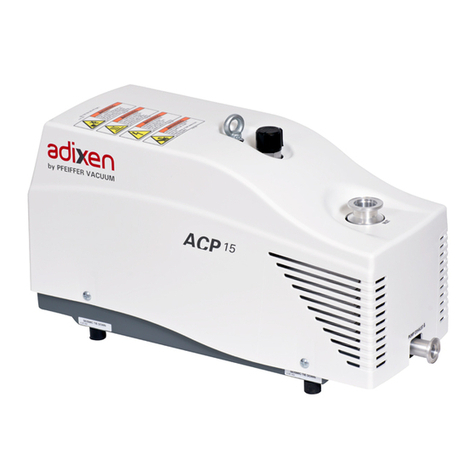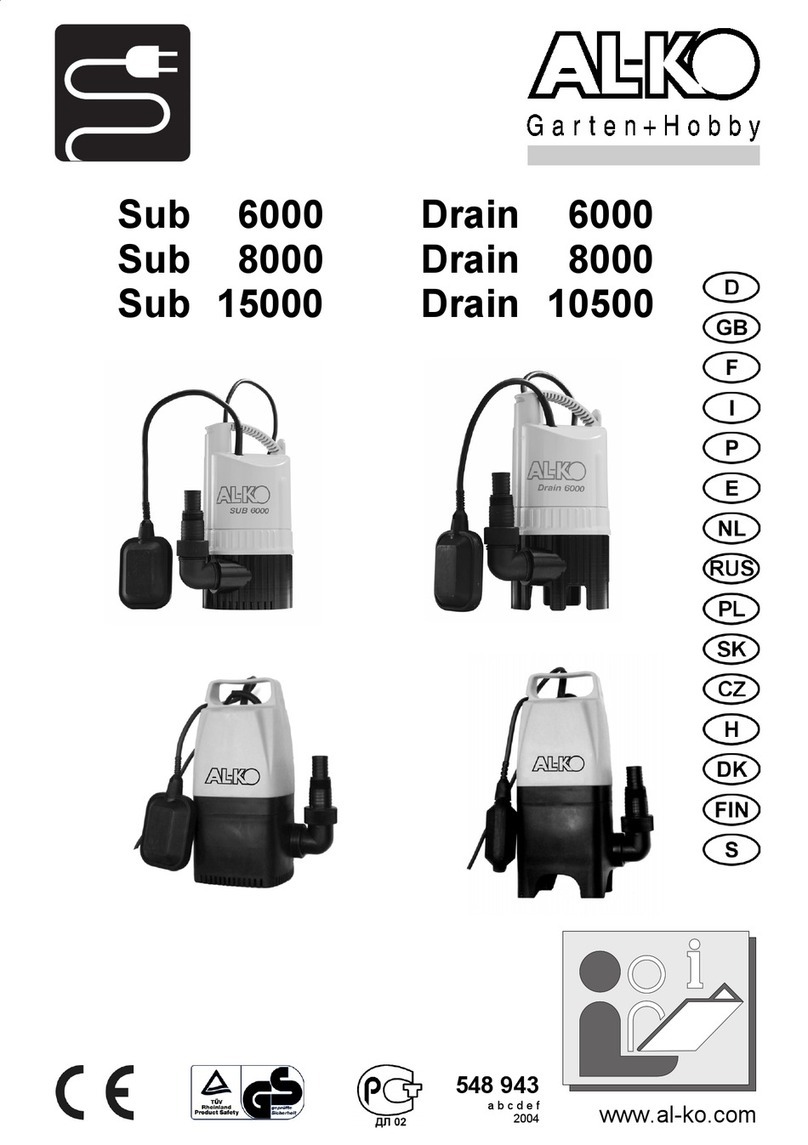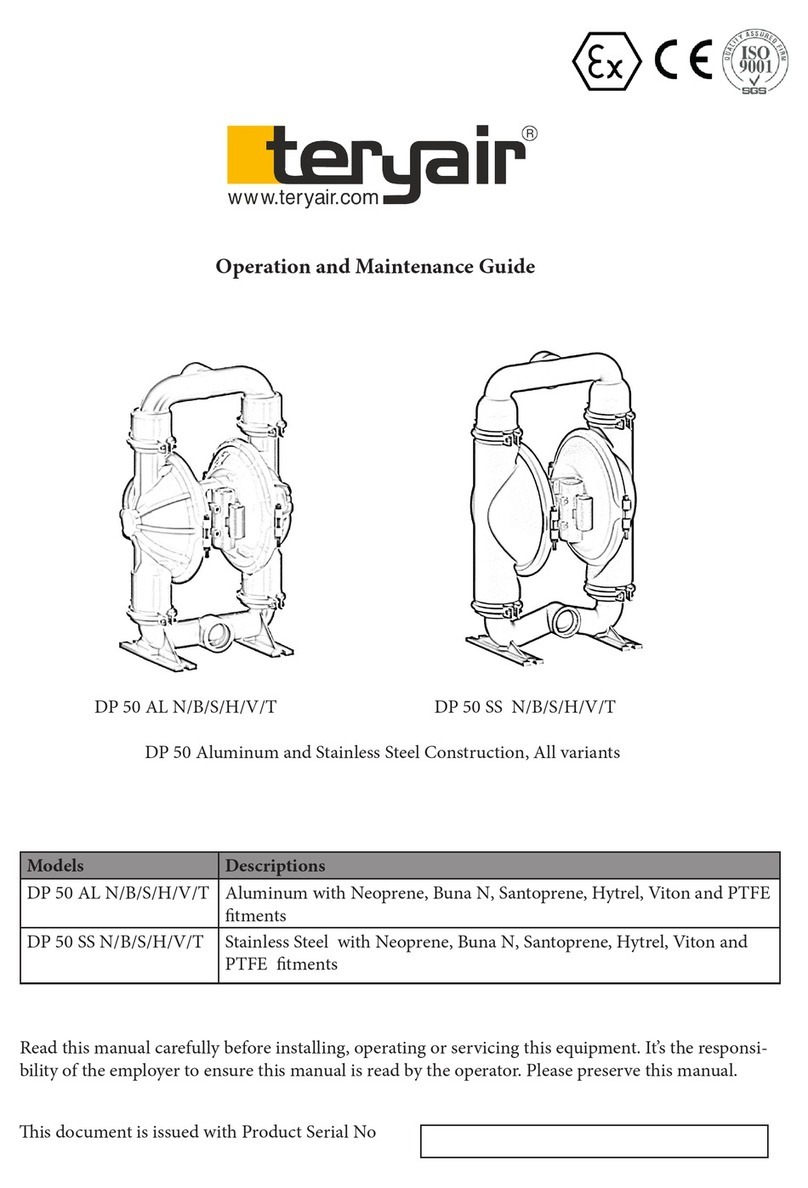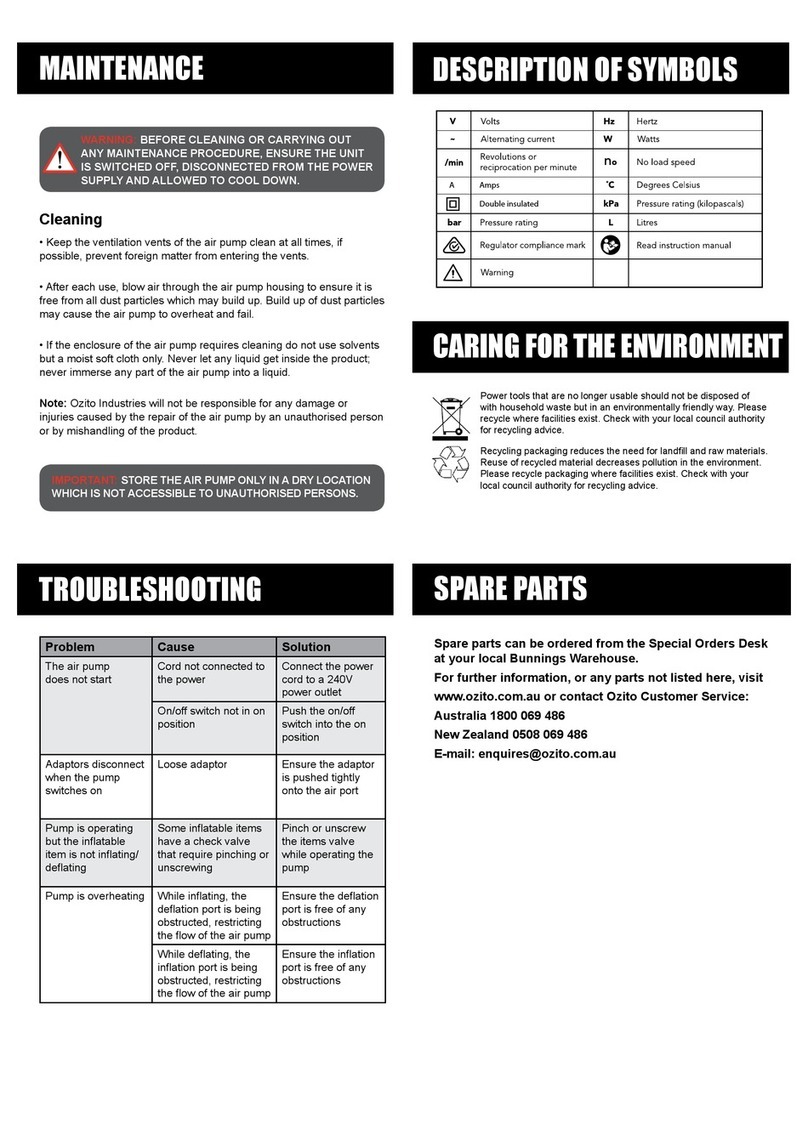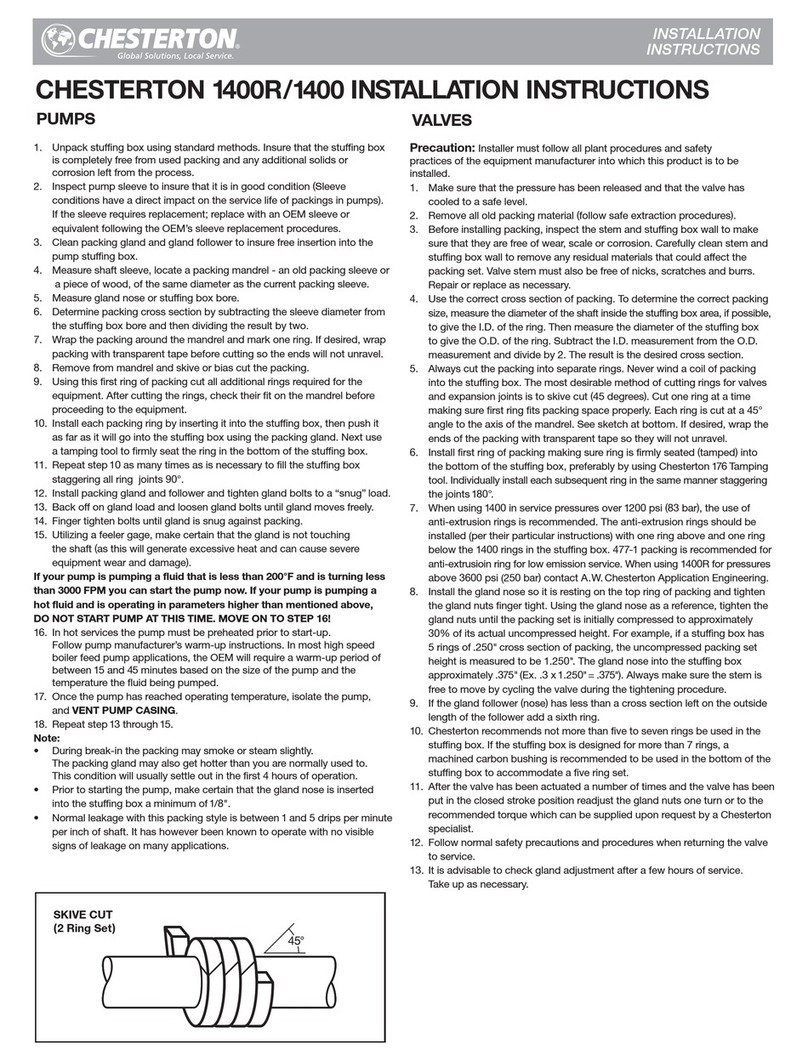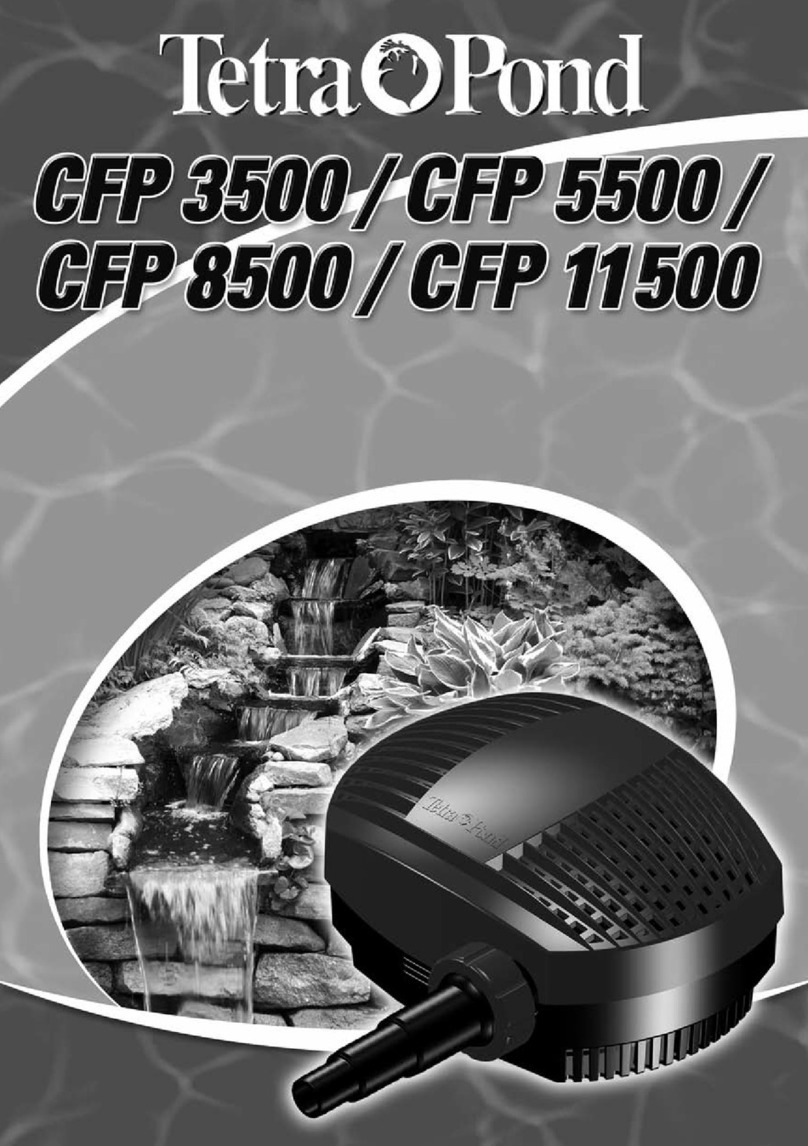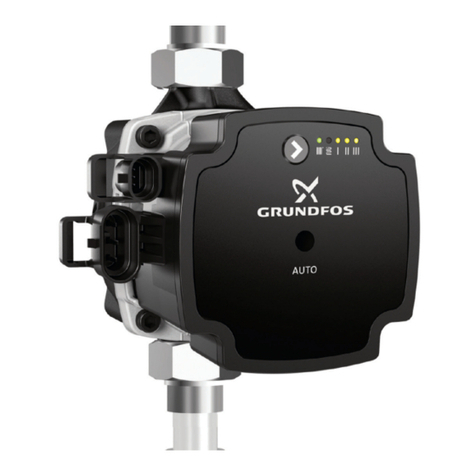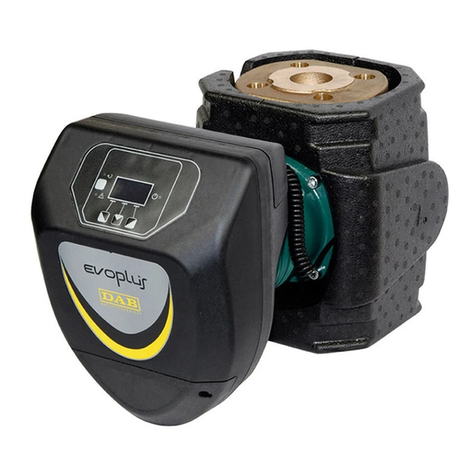
NBE O & M Document No. NES/NBE/O&M Page 11 of 43
5.2.1 Function of Liquid Compressant
The liquid compressant in a liquid ring machine, such
as vacuum pumps, performs several important tasks.
Here are the key functions of the operating Liquid:
1. Formation of the liquid ring: The primary function
of the operating liquid is to form a liquid ring within
the housing of the machine. This liquid ring is crucial
to the principle of Operation of the machine. It serves
as a rotating seal, creating a barrier between the
impeller and the housing, and facilitating the
compression of gases or the creation of a vacuum.
2. Sealing off the gap: The operating liquid acts as a
sealing agent between the impeller and the port plate
or housing. It fills the gap between these components,
preventing direct contact between the gas being
handled and the impeller. This sealing action helps
maintain the efficiency and performance of the
machine by minimizing gas leakage and optimizing
compression or vacuum generation.
3. Cooling: Another important task of the operating
liquid is to provide cooling for the machine. During
Operation, the compression of gases or the creation of
a vacuum can generate heat. The operating Liquid
helps absorb and dissipate this heat, preventing
overheating of the machine. Efficient cooling ensures
the longevity of the components and contributes to
the overall performance and reliability of the system.
4. Shaft seal: The operating liquid also acts as a seal for
the shaft of the machine. It helps prevent any gas
leakage along the shaft, ensuring that the gases being
handled are contained within the system. By providing
an effective shaft seal, the operating Liquid helps
maintain the desired pressure differentials and
prevents the loss of gases or vapors.
These tasks collectively contribute to the efficient and
reliable Operation of the liquid ring machine. The
operating liquid plays a critical role in maintaining
proper sealing, cooling the system, and ensuring the
effective functioning of the shaft seal, all of which are
vital for optimal performance and longevity of the
machine.
5.2.2 Characteristics of Liquid Compressant
The properties of the operating liquid in a liquid ring
machine are important for ensuring its safe and
efficient Operation. Here are some key properties and
considerations:
1. Non-flammable, non-explosive, non-aggressive,
and non-toxic: The operating liquid should be chosen
to avoid any risks of fire, explosion, or harm to
personnel. It should not have aggressive or corrosive
properties that could damage the machine or pose
safety hazards. Additionally, the operating liquid
should be non-toxic to prevent any health risks.
2. Water as a common choice: Water is commonly
used as an operating liquid due to its availability, low
cost, and suitable properties for many applications. It
is non-flammable, non-toxic, and generally non-
aggressive. However, water quality and impurities
should be considered.
3. Filtration to remove impurities: To maintain the
proper functioning of the liquid ring machine,
suitable filters or sieves should be installed upstream of
the machine to remove impurities. This helps prevent
the entry of abrasive or erosive substances into the
machine, which could damage the components or
reduce efficiency.
4. Maximum permissible dissolved solid quantity: It is
recommended to limit the amount of dissolved solids
in the operating Liquid. A maximum permissible
dissolved solid quantity of 200 parts per million (ppm)
is often used as a guideline. Excessive dissolved solids
can lead to scaling, fouling, and reduced performance.
5. Managing calcium content and lime deposits: If the
operating liquid has a high calcium content, there is a




















